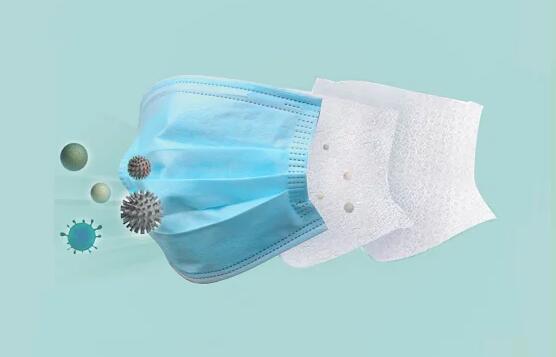
NewsInformation Center
How to determine the penetration resistance of medical face mask?
2023/08/29
In order to determine the penetration resistance of medical masks, a series of tests and evaluations are usually required. The following is a common method to determine the penetration resistance of medical masks:

1. Standard selection: First, determine the applicable test standard or specification. Common standards include ASTM F2100 (American standard), EN 14683 (European standard), etc. These standards provide test methods and evaluation requirements for determining the performance level of medical masks.
2. Material inspection: Check the material composition, construction and hierarchy of medical masks. Make sure the mask complies with the standard and provides adequate protection.

3. Resistance test: Use specific test equipment to measure the resistance of medical masks under respiratory flow. This test is designed to evaluate the mask's effect on the flow of breath and ensure its comfort.
4. Bacterial Filtration Efficiency (BFE) Test: This test is used to evaluate the ability of medical masks to filter bacterial particles. Common testing methods include experiments with Staphylococcus aureus or bacteria particles that have been treated in a specific way, and then determine the filtration efficiency by counting and comparing the number of particles as they enter and pass through the mask.
5. Particle Filtration Efficiency (PFE) Test: Similar to the BFE test, this test evaluates the particle filtration efficiency of medical masks. The difference is that PFE testing uses a range of fine particle sizes (typically between 0.1 and 5 microns) to simulate real-world particles.
6. Splash protection performance test: This test evaluates the protective performance of medical masks and measures the resistance of the masks when droplets are splashed. The test involves spraying droplets of liquid onto the surface of the mask and then assessing whether the droplets penetrate the interior of the mask.
7. Suitability test for masks with barrier layers: If the mask contains a barrier layer (such as the electrostatic adsorption layer of an N95 mask), a suitability test is required. This test involves using specialized equipment and methods to check the blocking performance of masks against airborne particles under suitable fitting conditions.
These testing and evaluation methods can help determine the penetration resistance and protection capabilities of medical masks. Proper use of qualified medical masks is essential to prevent the spread of pathogens, but please note that specific testing procedures and requirements may vary by country, standard and specific use. Applicable standards and guidelines should be followed to ensure accurate assessment of the performance of medical masks.
Previous: GBT 17927-2011 Flame resistant and fireproof tester for Mattresses and sofa
N e x t : What is the difference between ASTM E84 and UL 723?



